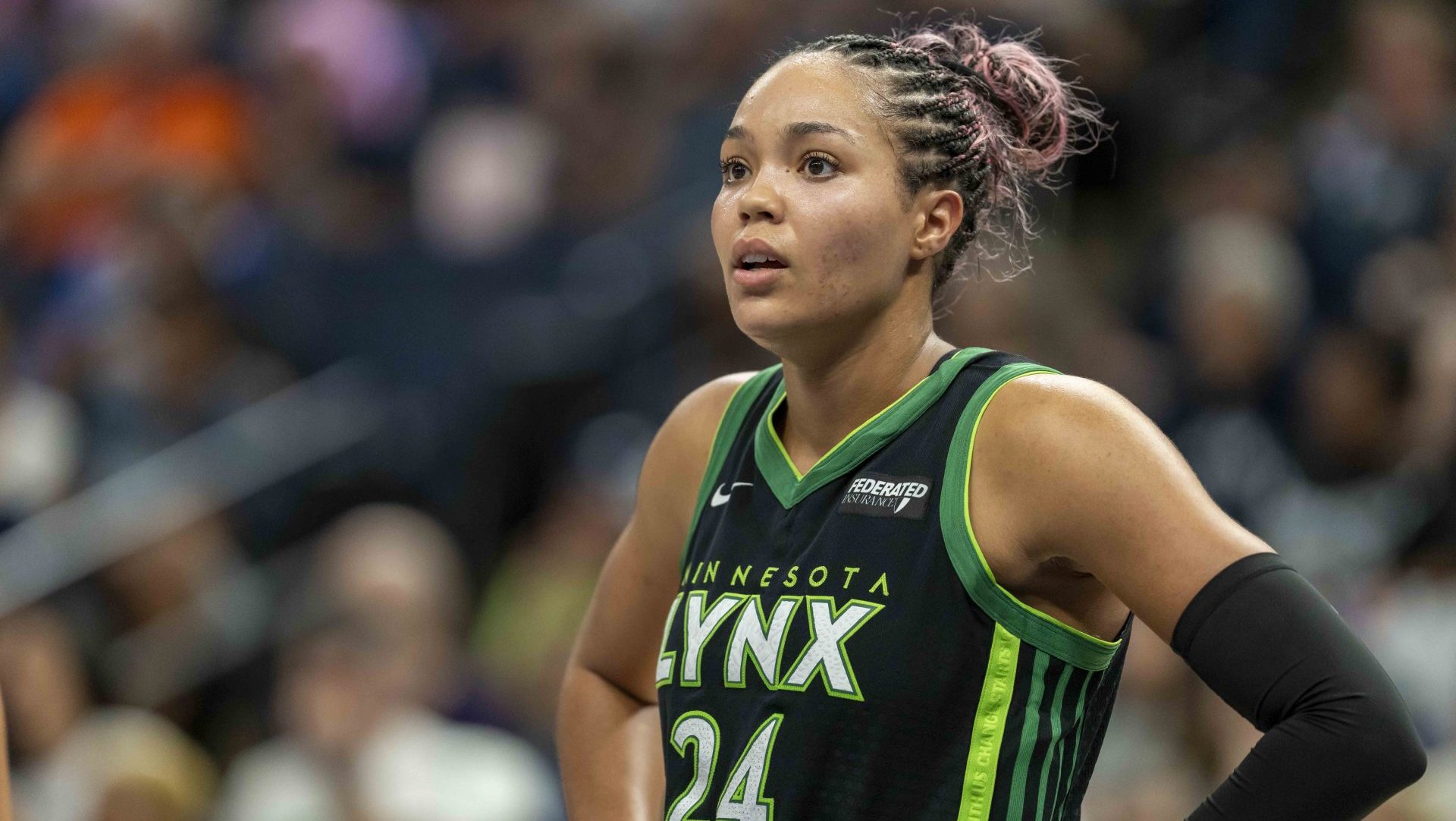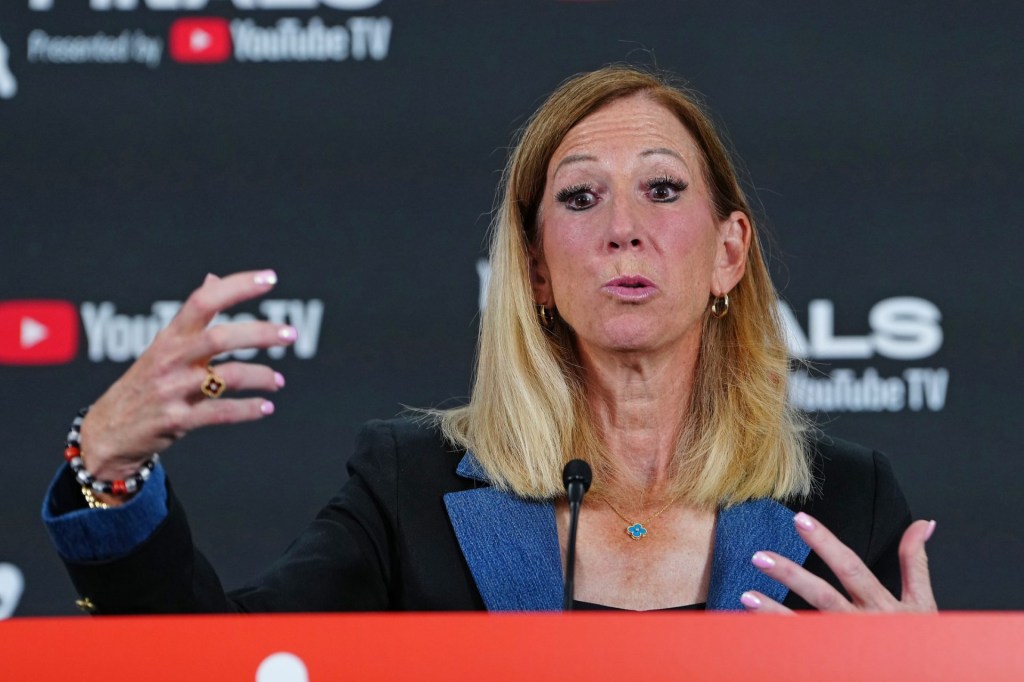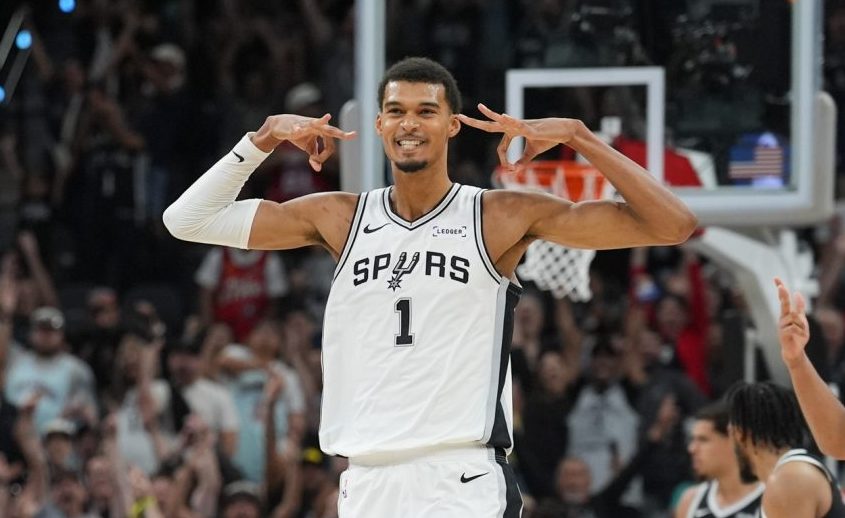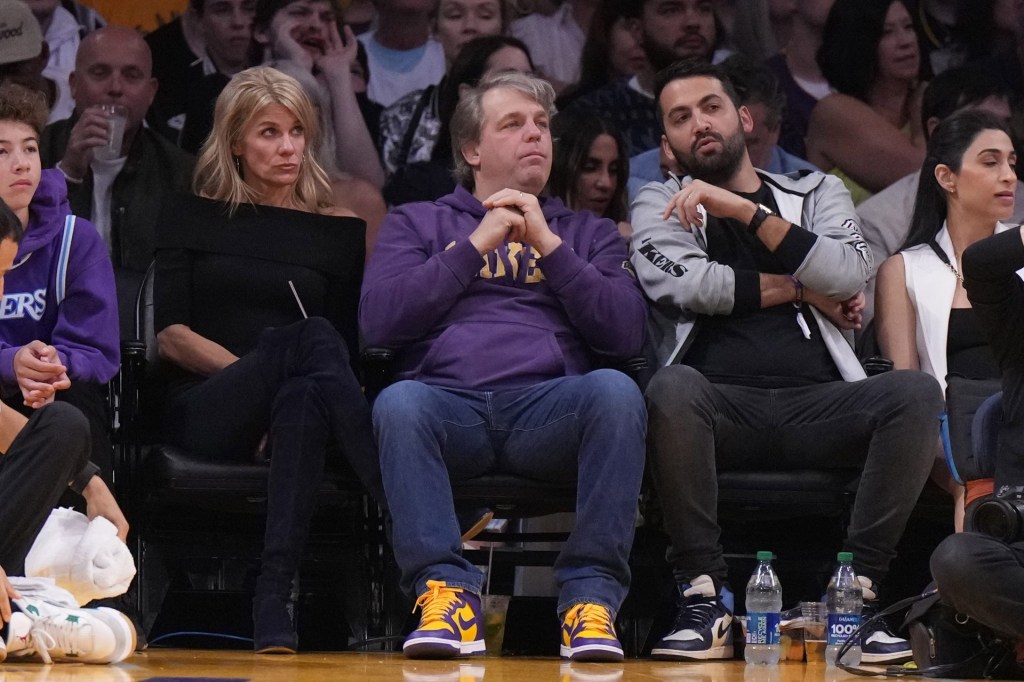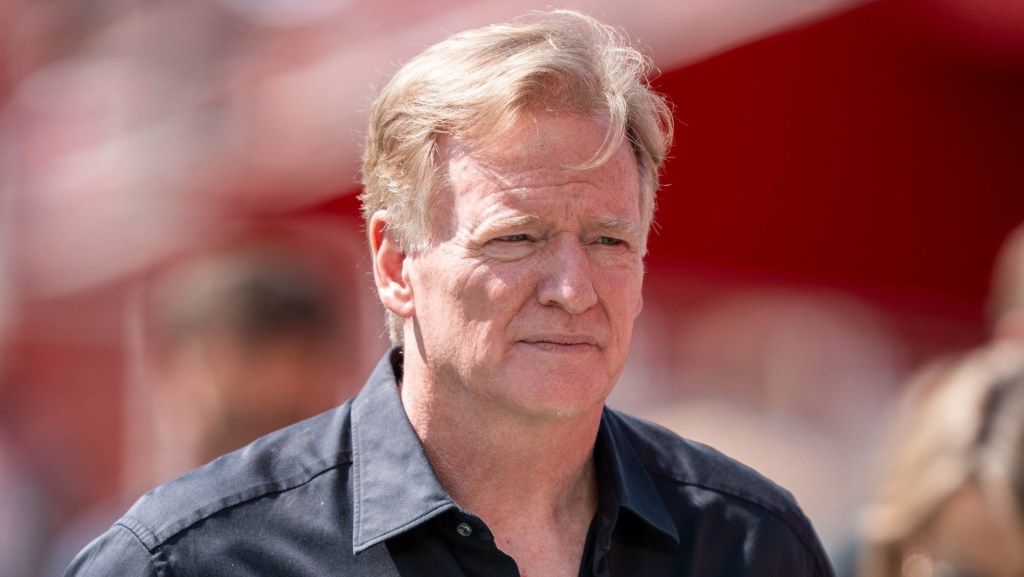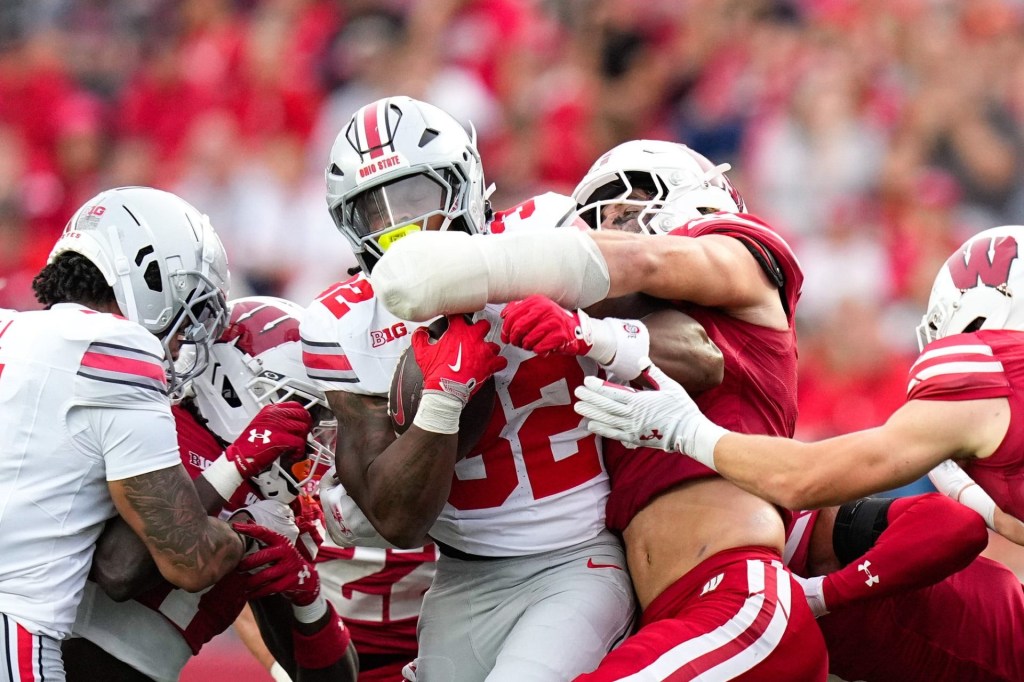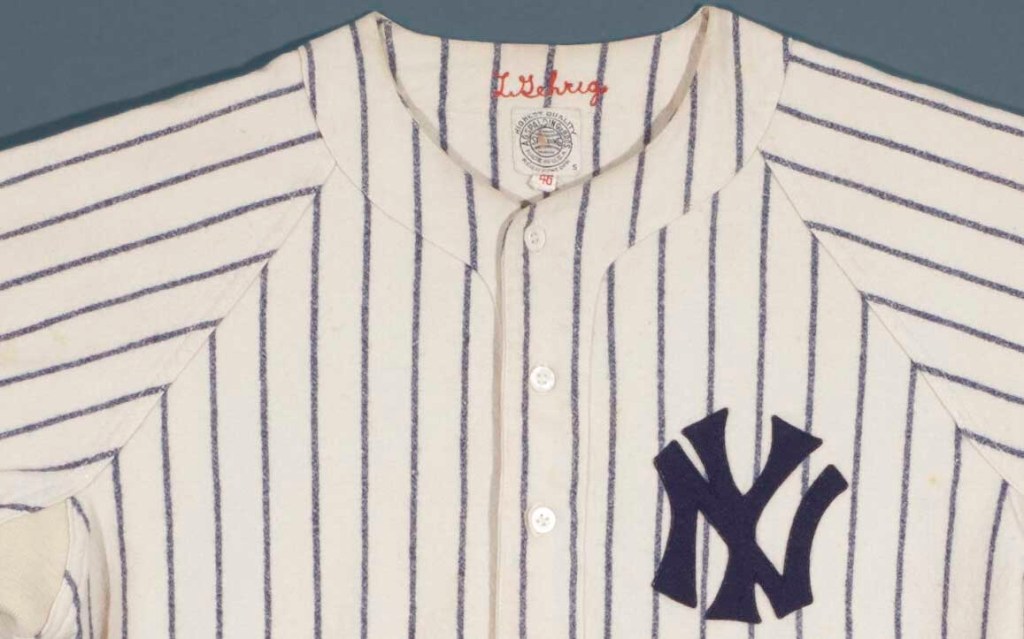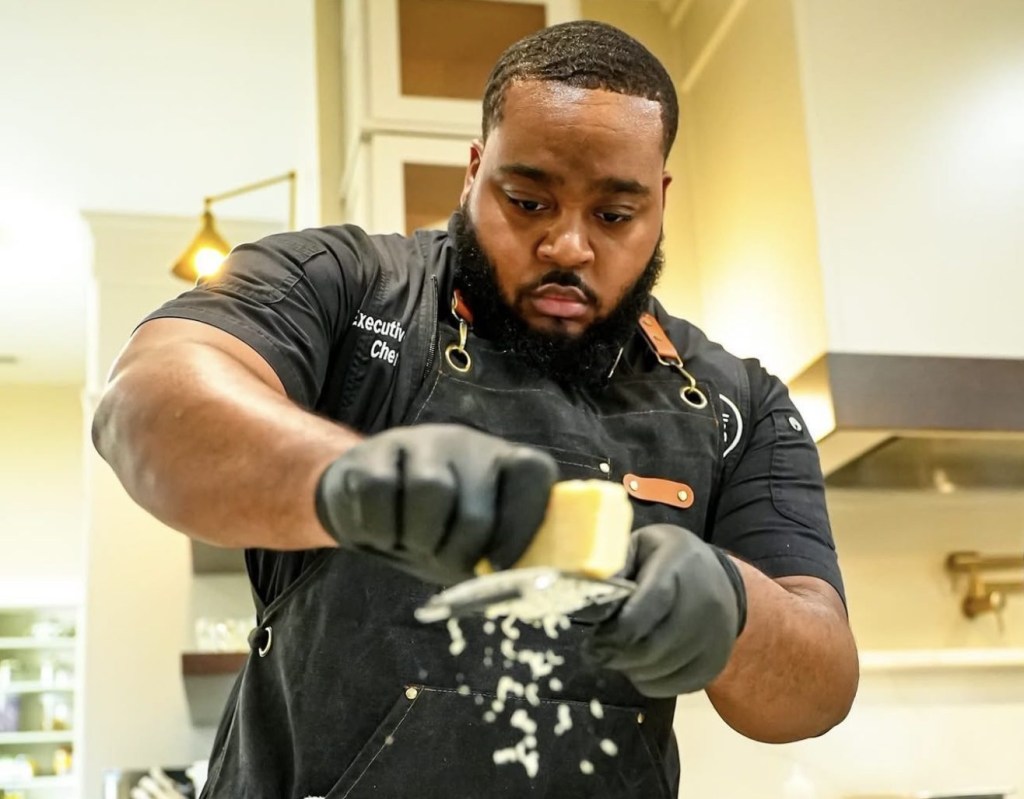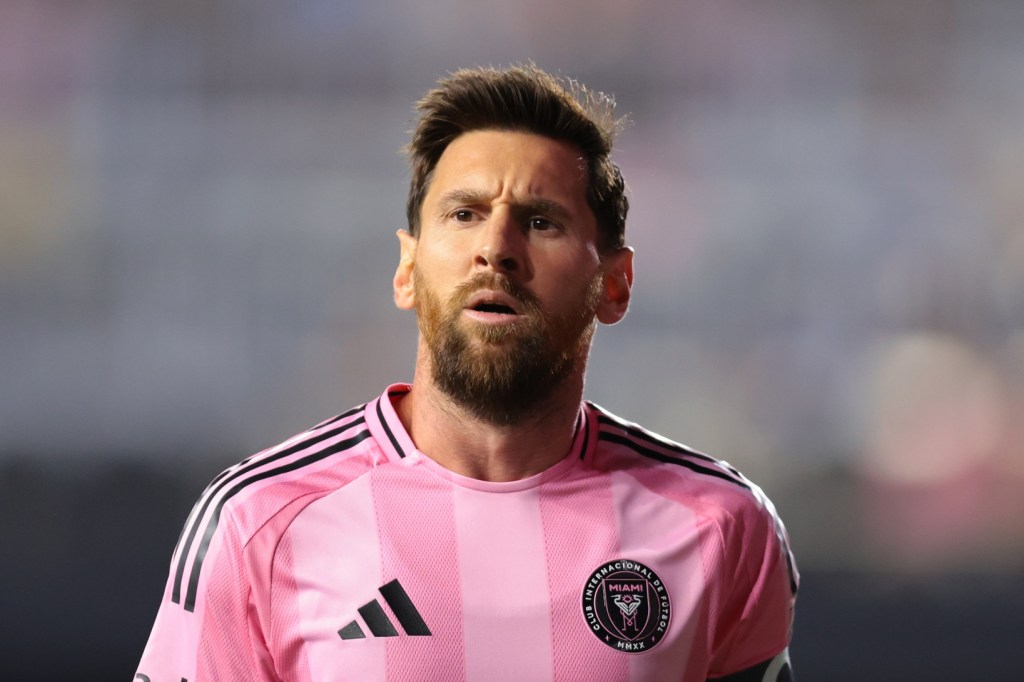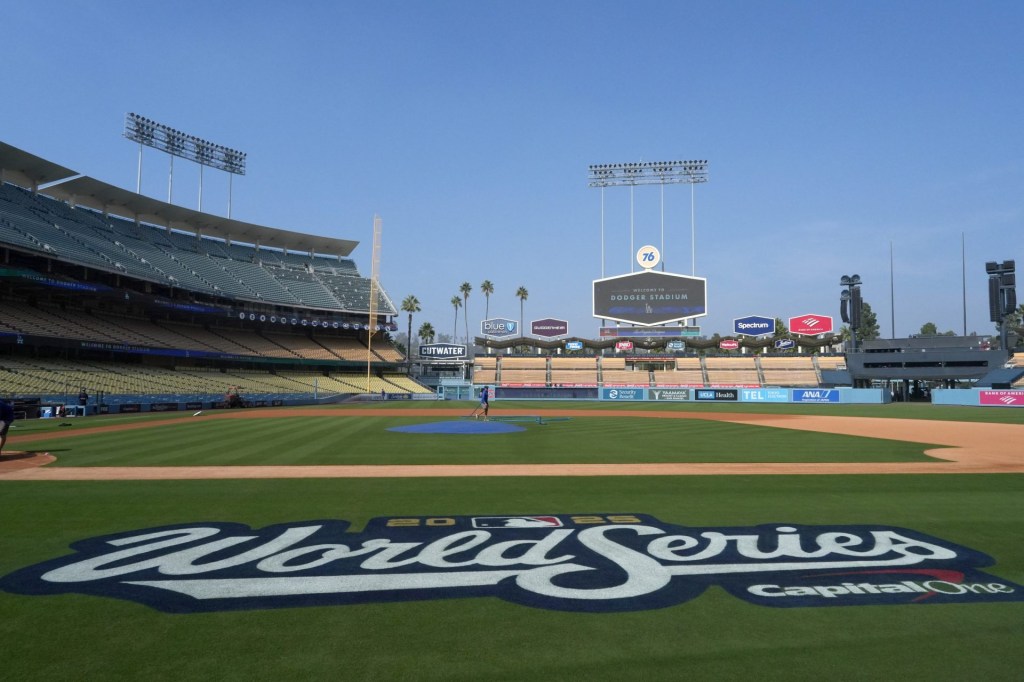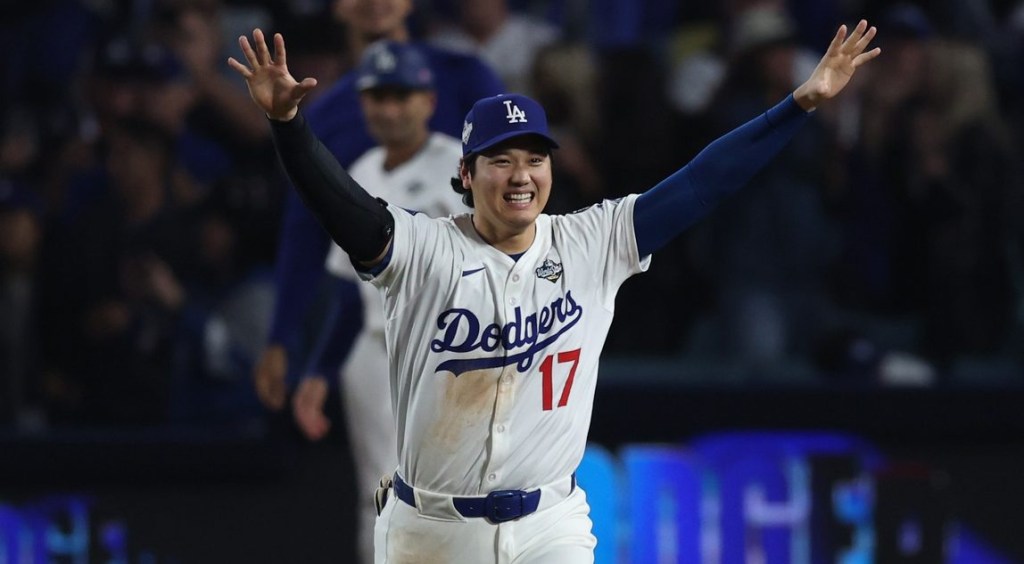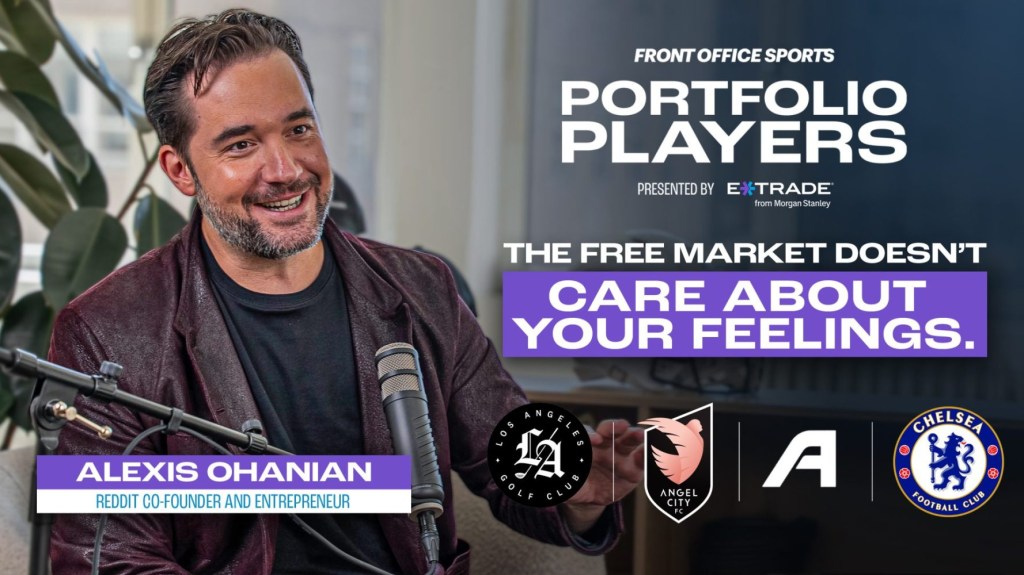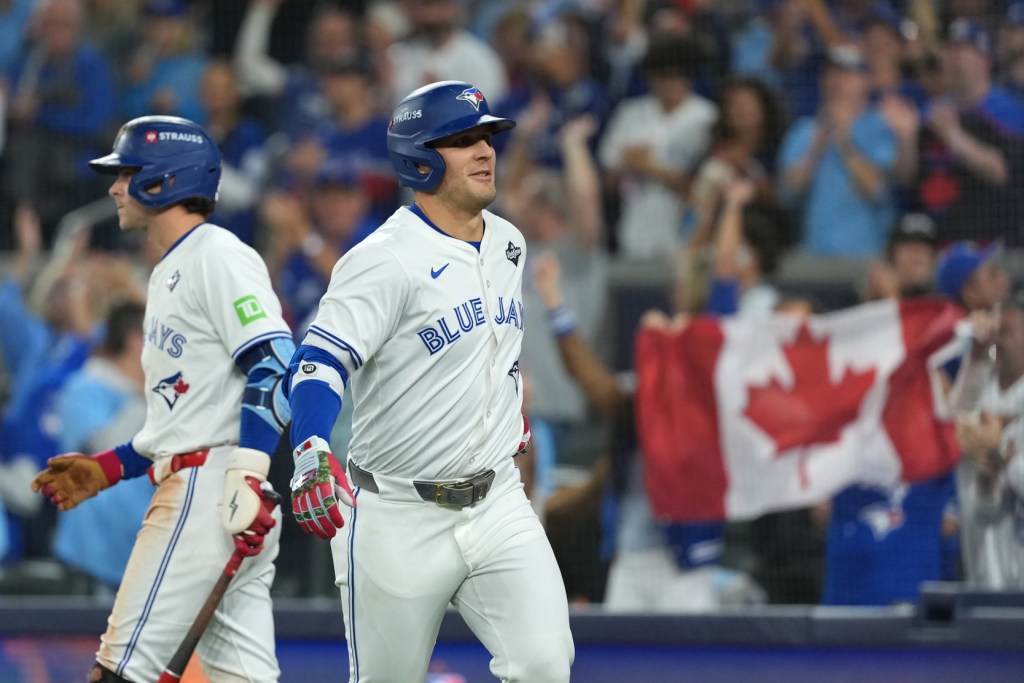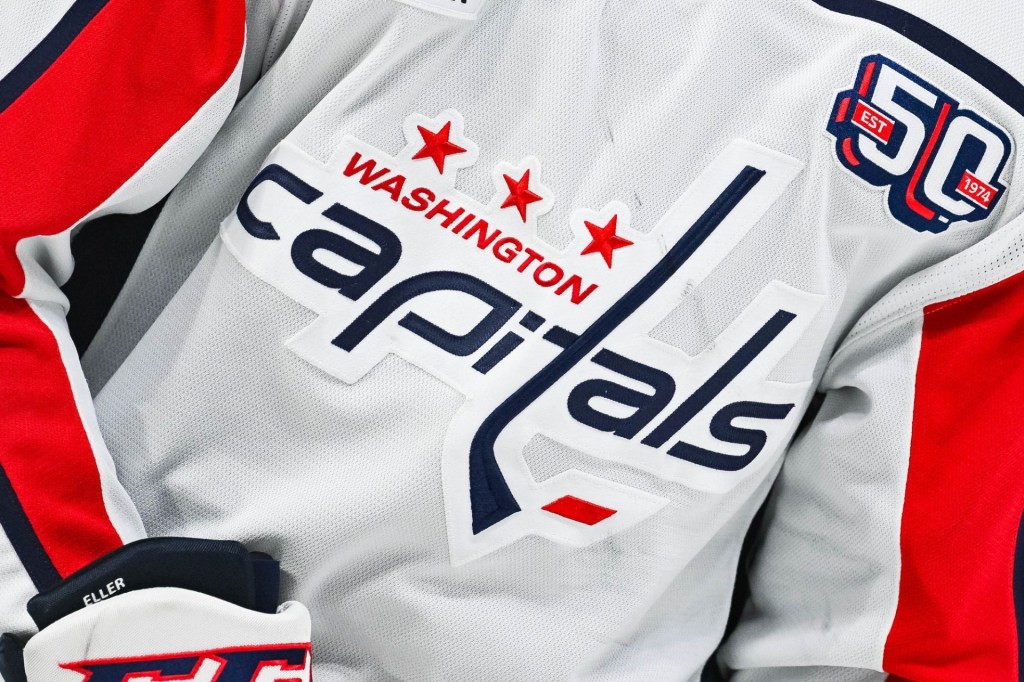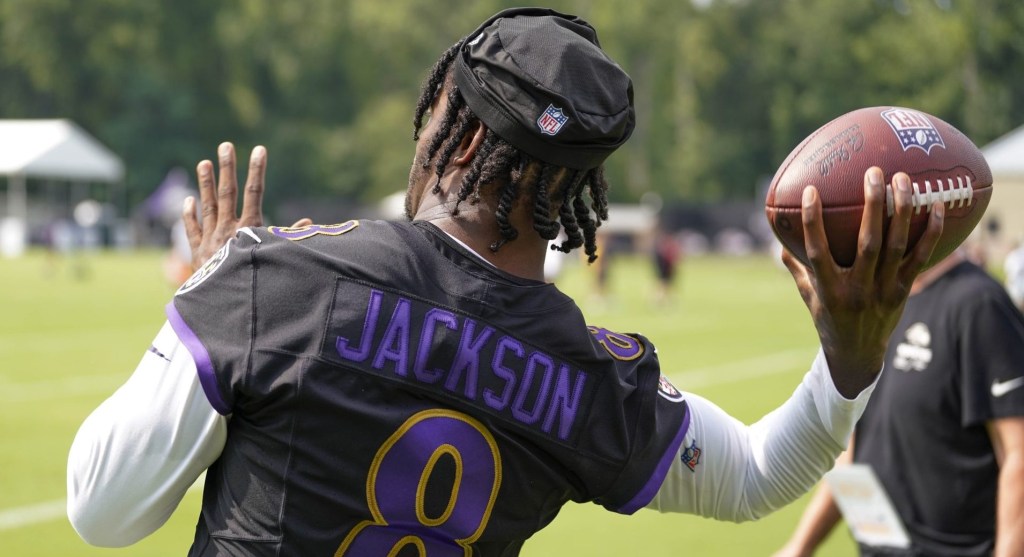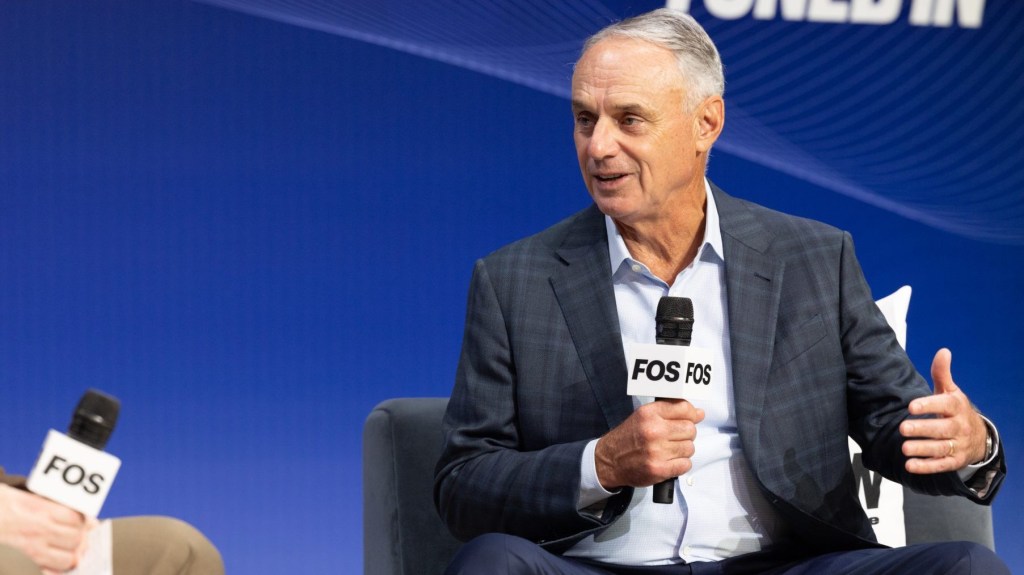The WNBA and Women’s National Basketball Players Association are not expected to ratify a new collective bargaining agreement by the Friday deadline.
For more than two months, sources have told Front Office Sports that Oct. 31 was going to come and go without a new CBA. On Tuesday, The Athletic published a new episode of the No Offseason podcast in which union lawyer Erin D. Drake said a deal will not be reached by Friday.
“We have worked hard to be able to say on Friday, we did it. Unfortunately, that’s not going to happen,” Drake said. “In a dance, it takes two to tango. And it has been difficult to find a beat, to find a rhythm and to find the same sense of urgency [from the league], just to be frank, to get this done.”
The league vehemently denied the union’s assertion that urgency has been lacking on their part. In a statement to FOS, a league spokesperson said their most recent proposal was made to the WNBPA on Oct. 1. The union’s response, according to the league, came Oct. 27.
“Throughout this process, we have been clear that our top priority is reaching a new collective bargaining agreement that addresses players’ ask for significant increases in pay, benefits and enhancements to their experience, while ensuring the long-term growth and success of the league and its teams,” a spokesperson for the WNBA said. “We urge the Players Association to spend less time disseminating public misinformation and more time joining us in constructive engagement across the table.”
The latest back-and-forth between the league and the union comes after trading barbs last week following NBA commissioner Adam Silver’s comments on the Today show. Silver said that “share isn’t the right way to look at it” when it comes to WNBA labor negotiations, instead saying that player compensation should be looked at in “absolute numbers.” (The WNBA has its own commissioner in Cathy Engelbert, but she reports to Silver, and the NBA owns 42% of the WNBA.)
In response, WNBPA executive director Terri Carmichael Jackson accused the league of “running out the clock” and putting “lipstick on a pig” as they continue to push a proposal that isn’t based on a revenue-sharing system like the NBA’s.
Multiple sources told FOS that the league’s most recent proposal included substantial increases to player salaries—a supermax near $850,000 and a veteran minimum around $300,000—but a revenue-sharing model similar to the current structure, which is implemented only if certain cumulative targets are hit and includes just league office revenue, not team revenue. The WNBA claims it has proposed an “uncapped” revenue-sharing model directly tied to the league’s performance.
“We are being so grossly almost taken advantage of, and it should be illegal,” Minnesota Lynx forward Napheesa Collier told Glamour magazine in a recent interview. “The amount of money that Caitlin Clark has made the league is insane, and she’s getting 0% of it because we have no rev share. She gets less than $80,000 a year, and she’s bringing in, like, hundreds of millions of dollars. It’s insane.”
Multiple meetings have taken place in October and will continue this week ahead of the Friday deadline.
If and when Friday arrives with no agreement, there are multiple paths forward. The first is an extension of the current CBA, which both sides would have to agree to, as they did in 2019. A 60-day extension led to the ratification of a new CBA just ahead of free agency in 2020.
If both parties do not agree to an extension, they could continue negotiations in good faith without a CBA in place, as is common in labor negotiations.
A work stoppage in the form of a lockout would happen only if initiated by the league and team ownership. This would bar players from facilities and all league operations—including free agency and the WNBA draft—and it would pause until a new CBA was in place. The upcoming expansion draft for the Toronto Tempo and Portland Fire would also be on hold if a lockout were to occur. The entire league is operating in the dark in preparation for a draft that is expected to take place in December.
The last time the WNBA had a multi-team expansion draft was in 2000, when it welcomed the Indiana Fever, Seattle Storm, Miami Sol, and the previous iteration of the Portland Fire.
Since then, the league has conducted just single-team expansion drafts, adding the Chicago Sky in 2006, the Atlanta Dream in 2008, and the Golden State Valkyries before this season. Last year’s expansion draft rules allowed teams to protect up to six players. The Valkyries were allowed to select only one unrestricted free agent as long as that player had not yet fulfilled the core designation, which is similar to the NFL’s franchise tag, giving a team exclusive negotiating rights. Under the current CBA, this designation can be used only twice in a player’s career.
Without a CBA in place, though, it’s impossible to design rules for an expansion draft.
